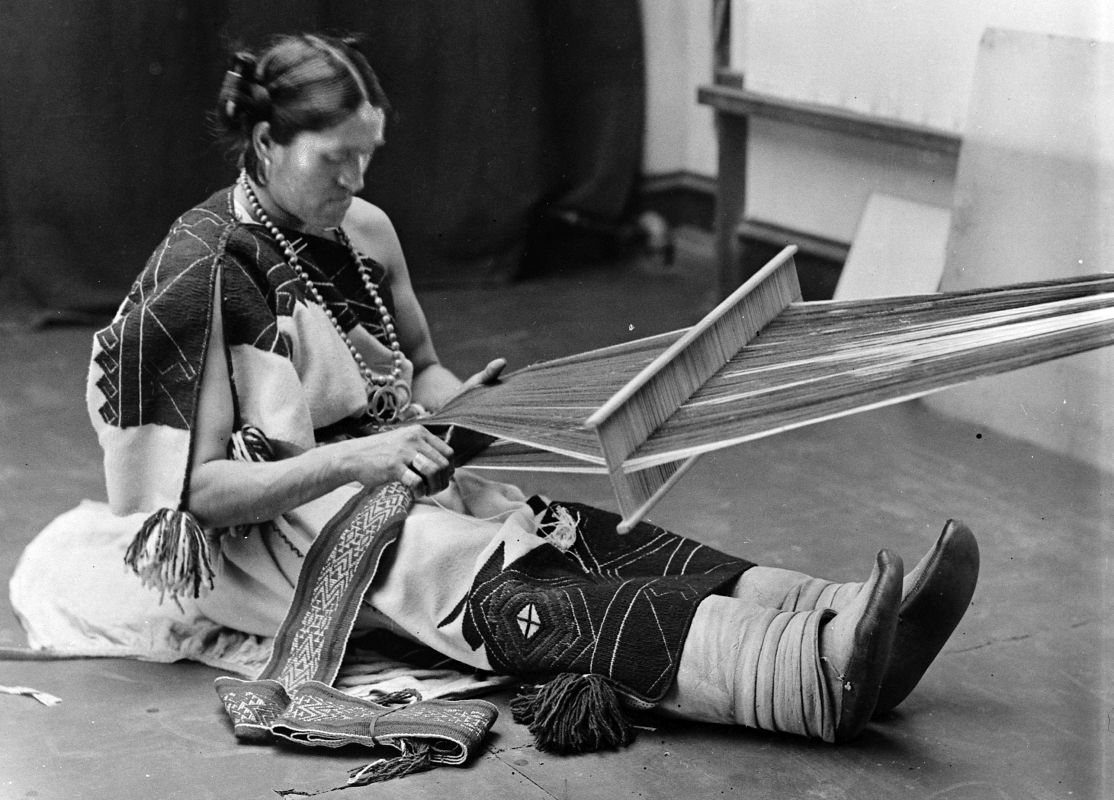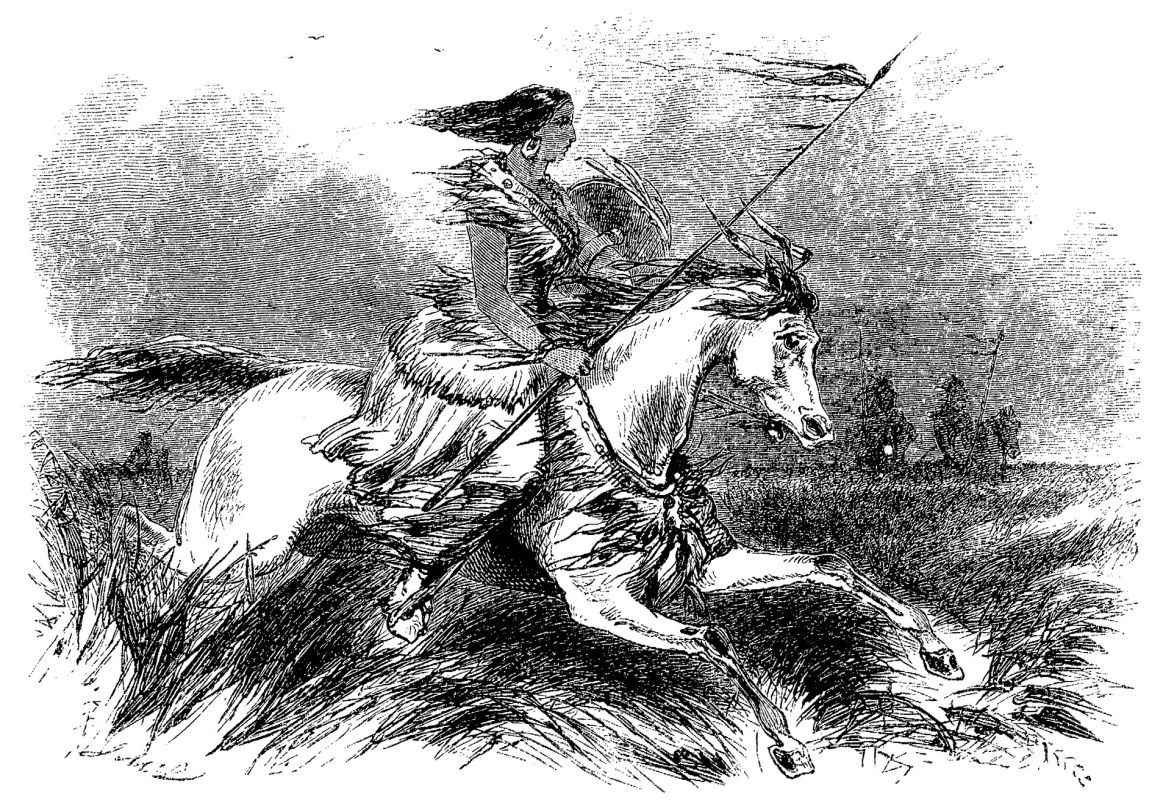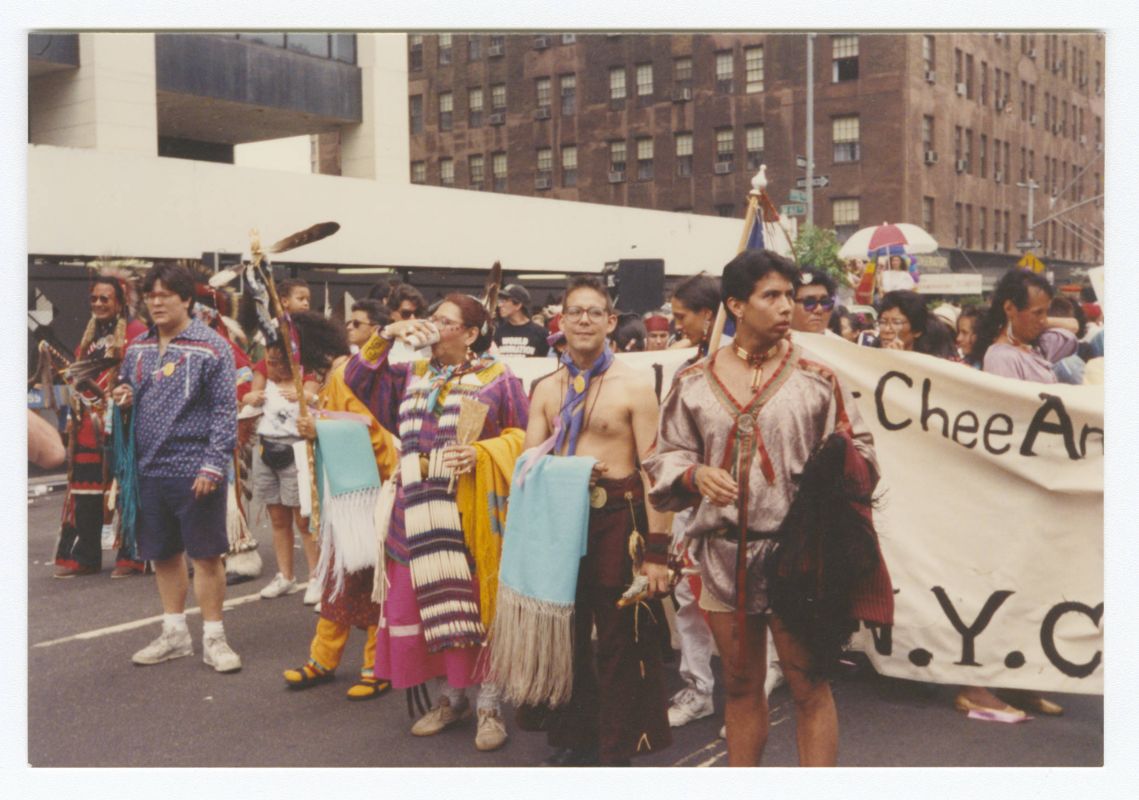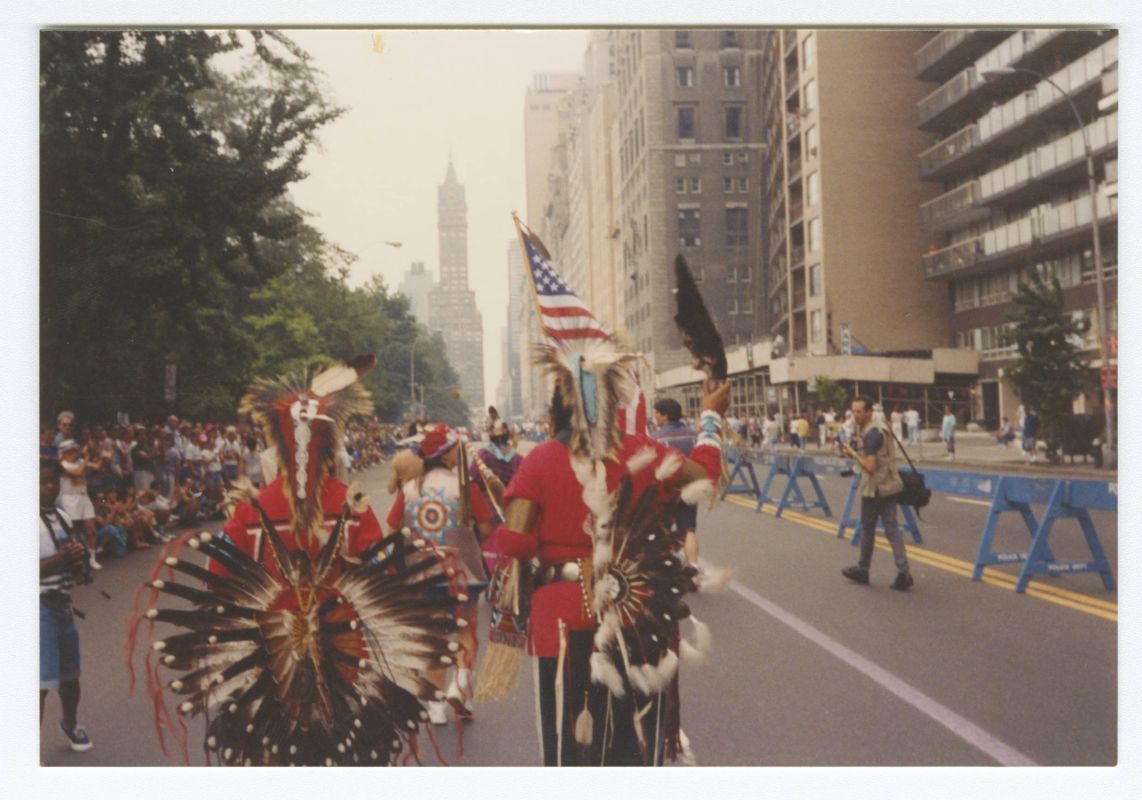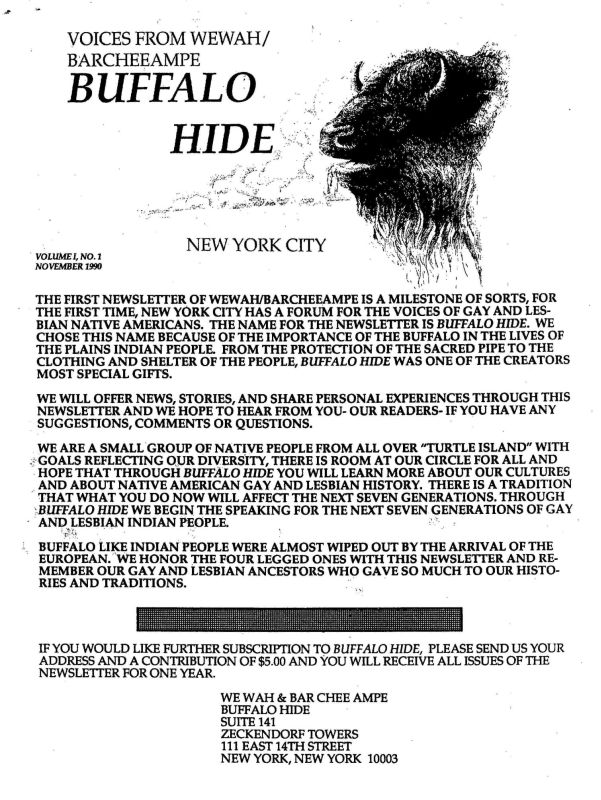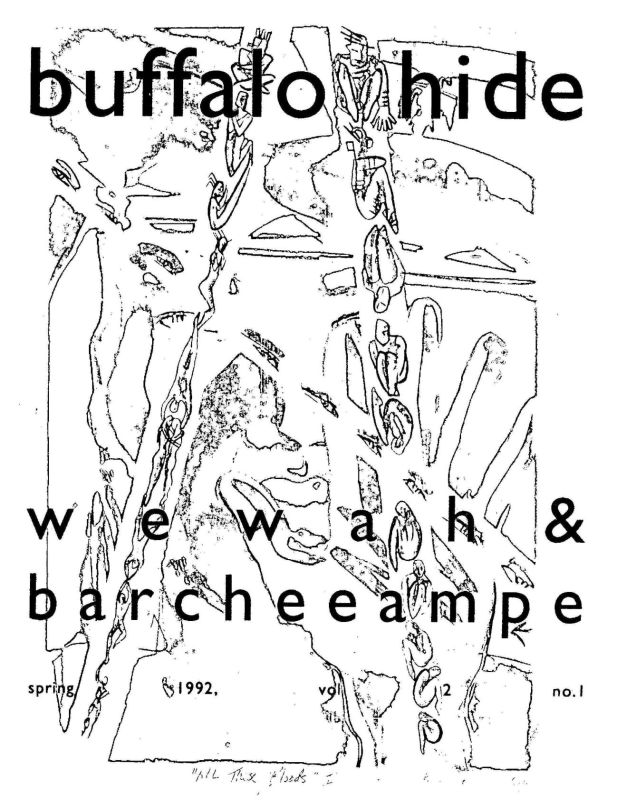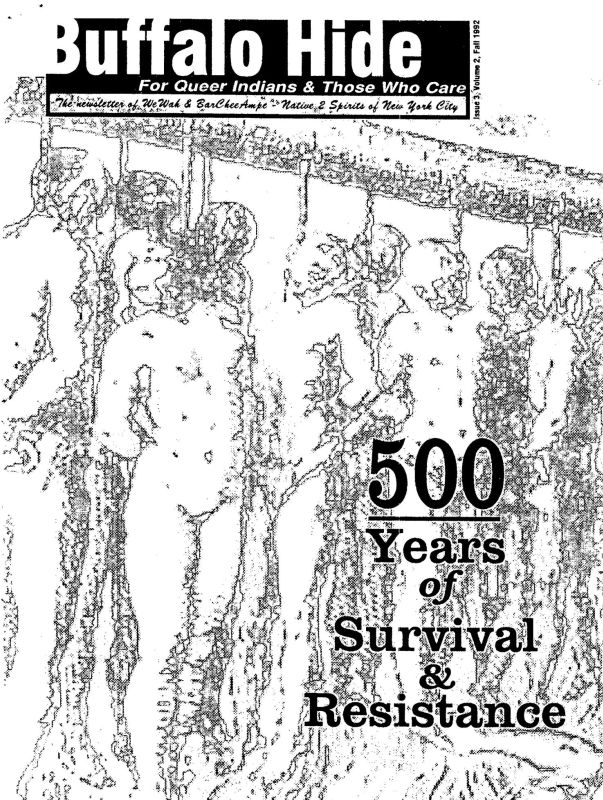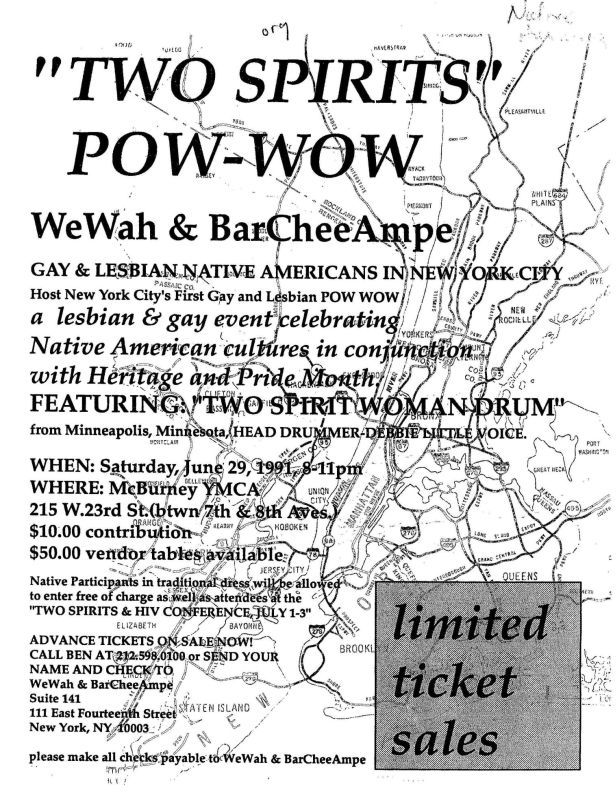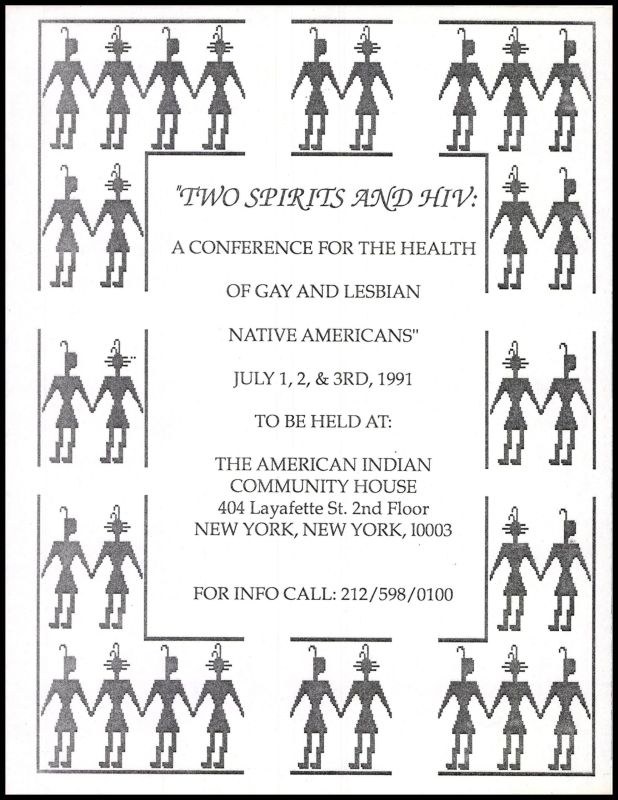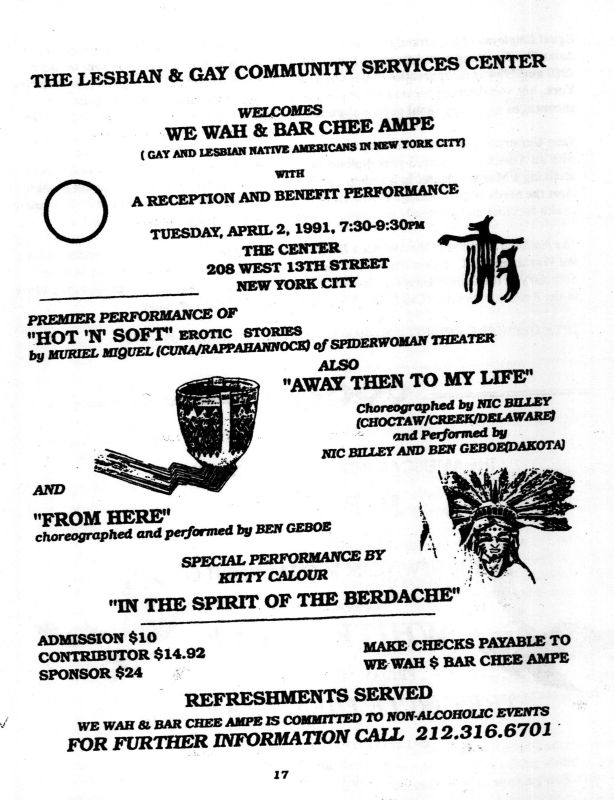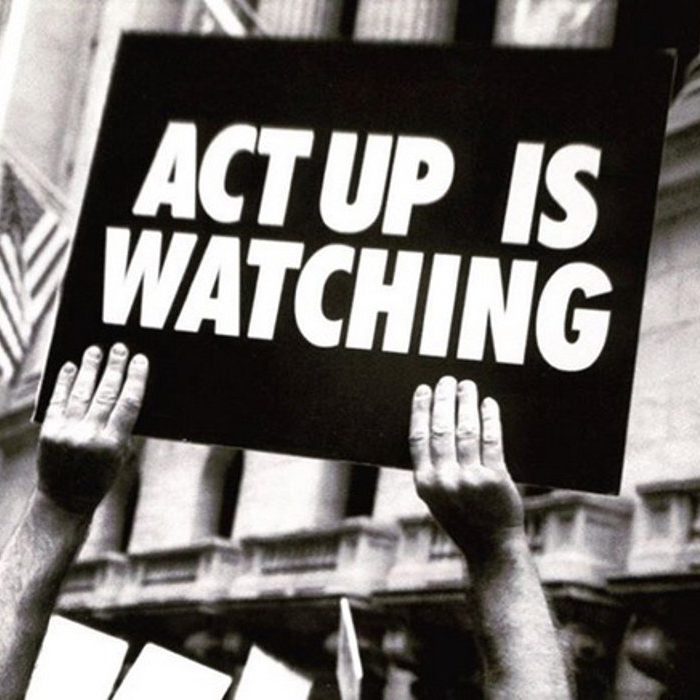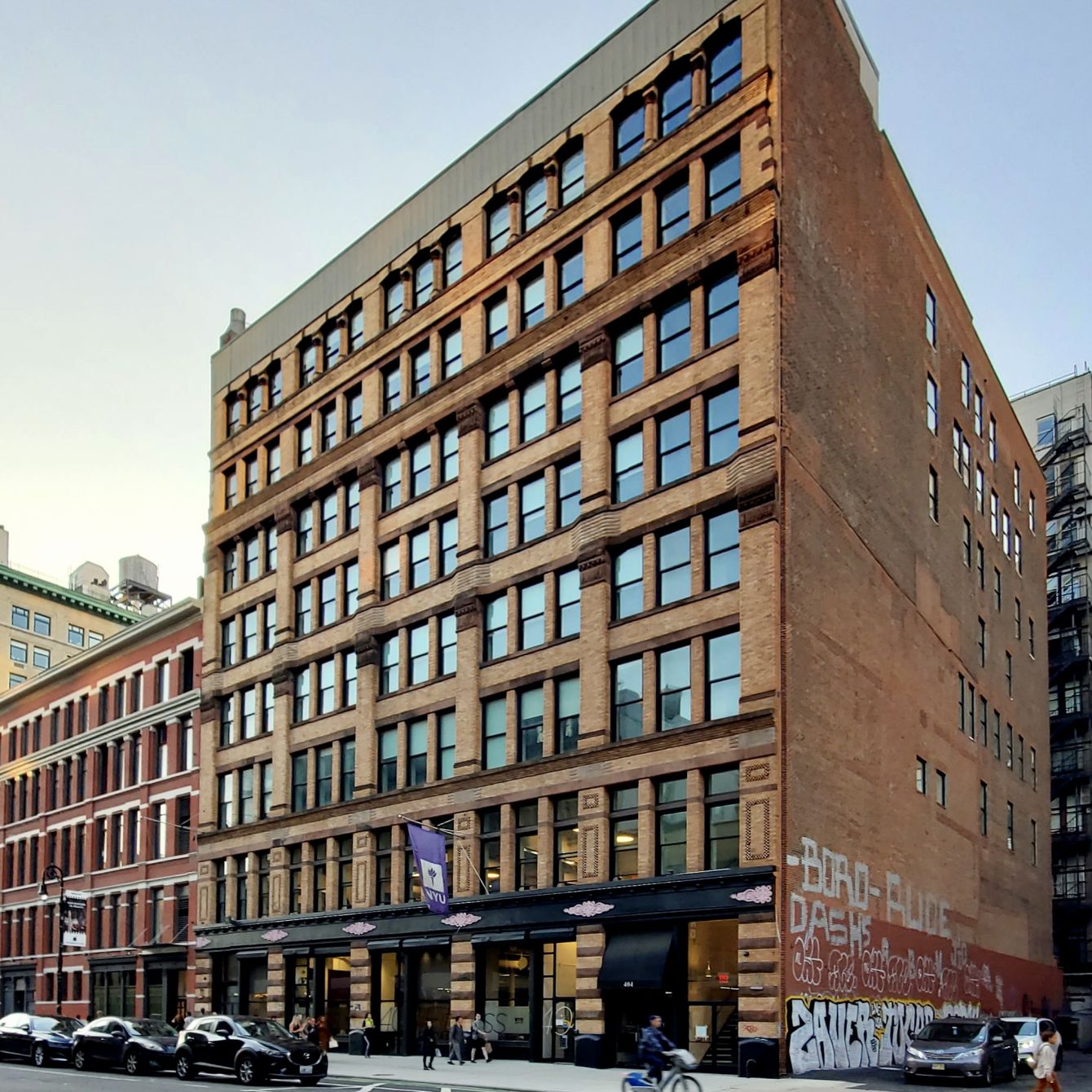
WeWah & BarCheeAmpe at the American Indian Community House
overview
Emerging from the American Indian Community House, WeWah & BarCheeAmpe was established in 1989 as the first Native American Two-Spirit (2S) organization in New York and the third in the United States.
From 1989 until the mid-1990s, WeWah & BarCheeAmpe was involved with several educational, cultural, and activist initiatives that ultimately heightened Two-Spirits’ visibility in the larger Native American and LGBT communities.
History
Founded in 1969 by a group of Native Americans who sought to better serve their community by formalizing and centralizing the existing networks of Native Americans in metropolitan New York, the American Indian Community House (AICH) is the urban hub of New York’s Native community, providing various social services and acting as a cultural center, art gallery, and theater.
Initially located in the Community Church of New York at 28 East 35th Street, the AICH moved to 10 East 38th Street, then to 842 Broadway (demolished) before moving its offices and performance space to the second floor of 404 Lafayette Street around 1989 and its gallery, attached at the rear, to 708 Broadway.
AICH Director of Programs Curtis Harris-Davia (tribal nation: San Carlos Apache) established WeWah & BarCheeAmpe here in 1989 with staff Ben Geboe (Yankton Sioux) and Nicholson Billey (Choctaw and Muscogee), and Board Member Leota Lone Dog (Mohawk, Delaware, and Lakota), who cofounded Salsa Soul Sisters and Kitchen Table: Women of Color Press. Though closely associated with the AICH and grateful for Director Rosemary Richmond’s “unfailing support and open door policy,” they established WeWah & BarCheeAmpe as a separate entity, largely to bring attention to homophobia in the Native community and to emphasize that LGBT Native Americans faced unique struggles. Still, Lone Dog explained, “The line is very blurred as far as ‘This is WeWah & BarCheeAmpe and this is the American Indian Community House.’”
We’re all working towards one goal. It’s not a separate goal. The main impetus is that we maintain our identities as Indian people. We’ve struggled, and we resist the colonization that continues and the genocide that continues.
Among the many devastating effects of colonization was homophobia that suppressed the rich history of Two-Spirits (2S), the pan-tribal term adopted in 1990 to encapsulate the diversity of sexualities, gender expressions, and gender identities in many indigenous cultures. The group strived, Harris-Davia explained, “not only to raise the visibility of gay and lesbian people in the Native community but also to give some focus to the fact that we had a historical tradition in the communities.” Therefore, in naming the group, the founders refused to assimilate and adopt the colonizer’s language, instead honoring two historical Two-Spirit figures.
We’wha (1849–1896), a Zuni potter, weaver, and cultural ambassador, was a lhamana, the Zuni term for a person assigned male at birth but who adopts traditionally feminine roles and attire. BarCheeAmpe (1806-1854), also known as Pine Leaf or Woman Chief, was a Crow warrior who had relationships with women. Both were well-respected with important roles in their communities, an overlooked history of Two-Spirits that WeWah & BarCheeAmpe hoped to reclaim.
Just as gay and lesbian people use Eleanor Roosevelt or Gertrude Stein or any of those people as historical markers for the general community, we use WeWah and BarCheeAmpe as markers for our community.
Formed during the AIDS epidemic, which was acutely impacting Native Americans, WeWah & BarCheeAmpe considered AIDS activism crucial. In 1990, it established the AICH HIV/AIDS Project, directed by Harris-Davia, developing the first safe-sex guide for Native Americans and providing traditional death ceremonies. In conjunction, the AICH American Indian Law Alliance, under Executive Director Kent Lebsock (Lakota), assisted with will preparation, housing, and cases involving discrimination.
Participating in the NYC Pride March, from 1990 to 1992, was paramount in fostering intercultural understanding and recognition within the larger LGBT community. During Pride Week in 1991, WeWah & BarCheeAmpe hosted New York’s first Two-Spirits pow-wow at McBurney YMCA and “Two Spirits & HIV: A Conference for the Health of Native Gays & Lesbians” to confront inaction from government and tribal leaders. In 1992, WeWah & BarCheeAmpe led the Pride March and hosted a Two-Spirit variety show as part of their reframing of the quincentennial of Christopher Columbus’s arrival as “500 Years of Survival and Resistance.”
With increased visibility, WeWah & BarCheeAmpe became more involved with the LGBT Community Services Center. It began meeting there in 1991 and hosted a “coming out party” with performances by Billey, Geboe, David Calf Robe LaBraun (Taino) as Kitty Kalour, and Muriel Miguel (Kuna and Rappahannock) of the Spiderwoman Theater troupe, which had performed at the AICH since the 1970s. It also exhibited “A Memorial Dew Cloth,” designed by Eli Smith, there in 1992.
From 1990 to 1993, in an office at 111 East 14th Street, the group published Buffalo Hide, a newsletter that became a vital forum and platform for Two-Spirit writers. WeWah & BarCheeAmpe was also integral to the formation of the Cairos Project, a coalition of 2S LGBTQ+ people of color established after meeting at the AICH. From 1992 to 1994, the Cairos Project published ColorLife!: The Lesbian, Gay, Two-Spirit & Bisexual, People of Color Magazine.
Supporting Native Americans in the arts has been integral to the AICH since its founding, and there have been many Two-Spirit events hosted there, including an LGBT Film Festival, readings by writer Chrystos (Menominee) and poet Maurice Kenny (Mohawk), and performances by Anthony Spotten (Maliseet) and Steve Elm (Oneida).
By the mid-1990s, WeWah & BarCheeAmpe dissolved, evolving into the Northeast Two-Spirit Society and later the Two-Spirit Indigenous Peoples Association, both of which were affiliated with the AICH.
Entry by Ethan Brown, project consultant (November 2022).
NOTE: Names above in bold indicate LGBT people.
Building Information
- Architect or Builder: Cleverdon & Putzel
- Year Built: 1893
Sources
Curtis Harris-Davia, “An Ongoing Struggle,” Stonewall At 50: A Roundtable, Gotham Center for New York City History (accessed October 16, 2022) bit.ly/3fjOYX5.
Curtis Harris-Davia and Leota Lone Dog, interview by Deborah Blincoe, “Two-Spirited People: Understanding Who We Are as Creation.” New York Folklore 19 (1993), 155-164. [source of pull quotes]
Jeanne Gutierrez, “Bar Chee Ampe and Beyond: Uncovering Two-Spirit Identity,” New-York Historical Society (accessed October 16, 2022) bit.ly/3U3QHP6.
Jesse Heiwa, “Getting to the Root” in That’s Revolting! Queer Strategies for Resisting Assimilation (New York: Soft Skull Press, 2008).
Kayann Short, “Coming to the Table: The Differential Politics of This Bridge Called My Back”, Genders 19 (1994), 4–8.
Scott Lauria Morgensen, Spaces Between Us: Queer Settler Colonialism and Indigenous Decolonization (Minneapolis: University of Minnesota Press, 2011).
“The Center Welcomes We Wah and Bar Chee Ampe,” The Center Voice, June 1991.
Will Roscoe, “Strange Country This: Images of Berdaches and Warrior Women,” in Living the Spirit: A Gay American Indian Anthology (New York: St. Martins Press, 1988).
Do you have more information about this site?
This project is enriched by your participation! Do you have your own images of this site? Or a story to share? Would you like to suggest a different historic site?
